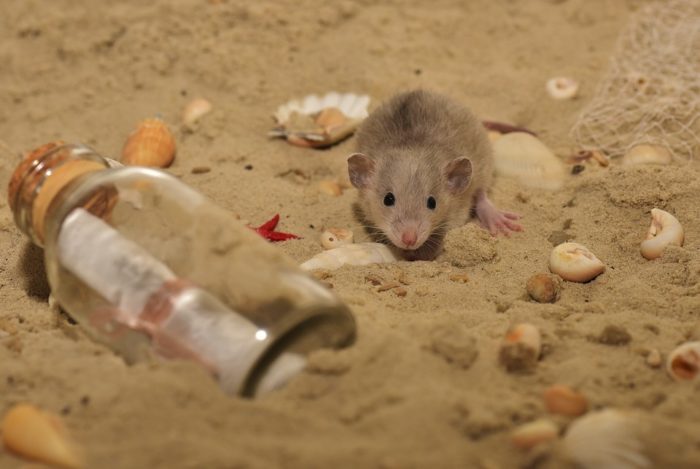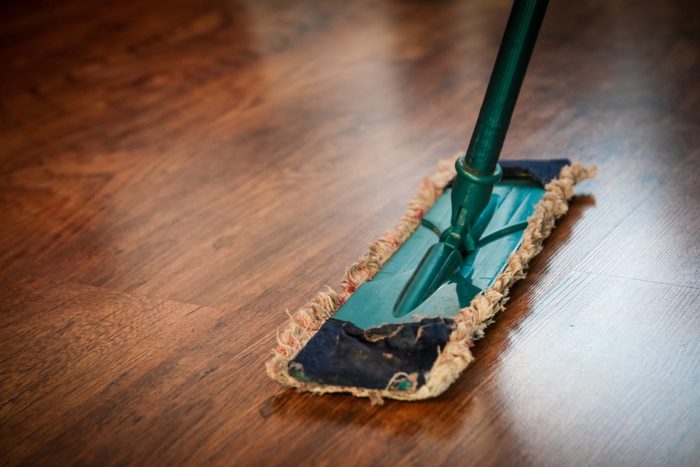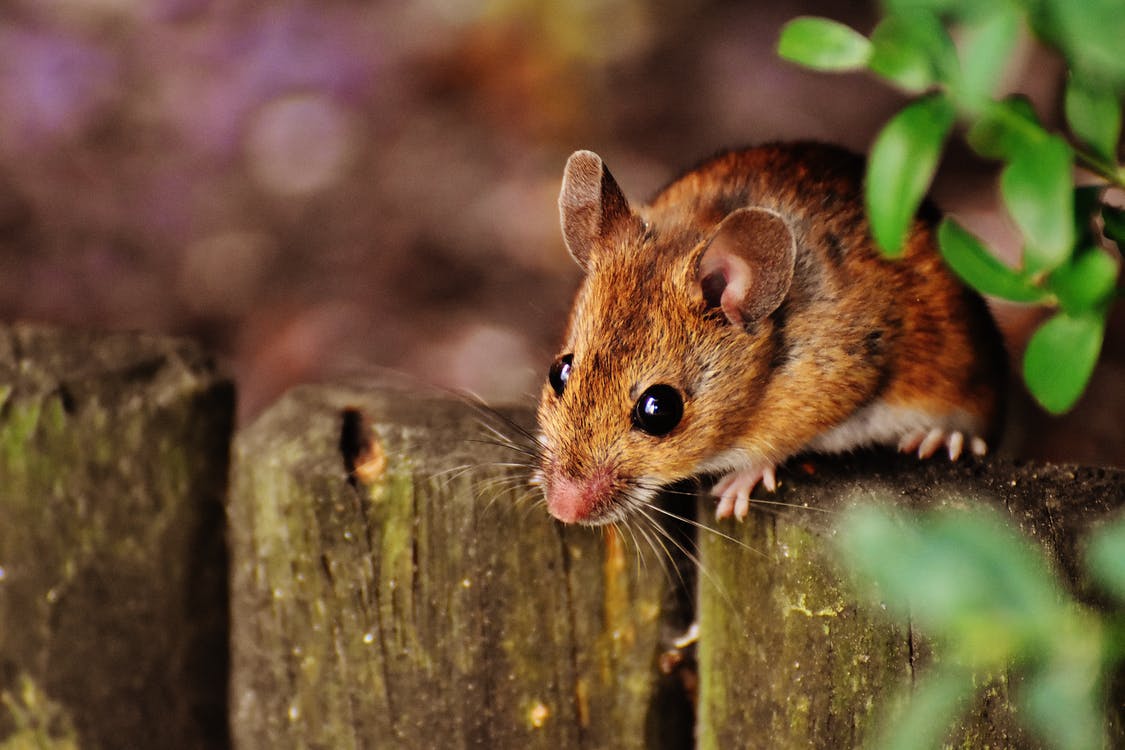Is your house lodging a rat nest? Are you seeing stray rats roaming around your house?
Yes? Then you might have a rat infestation! Don’t let this worry you!
In this article, you will read how to remove a rats nest effectively and quickly. You will also get to know how you can prevent further infestation!
Important Note: If you're tired of pests and want a reliable solution, then you should definitely consider seeking help from a professional pest control company. DIY solutions can be effective, but if you're dealing with a significant pest infestation, you don't want to rely solely on DIY methods. Pest control companies typically don't charge huge fees. You can fill out this form to receive free quotes from the top local pest control companies, and compare the quotes and see for yourself. Then, finally, your pest problems will be eliminated for good.
So keep reading and know more!

Hazards of Rat Infestation
A rat infestation is dangerous. It can cause infections leading to health hazards.
We all know it’s highly unhygienic to have rats roaming around the house, leave alone nesting! Rats carry many diseases that can be serious.
Rats also cause significant damage to your house. They have strong teeth that can chew and gnaw through materials like wood, plastics, and wiring.
Damage to furniture and other things is very likely to happen. Rats can also chew insulation and wires, which can lead to short circuits and fire!
So getting rid of rats and their nests from your house is essential. For this, you need to know the potential areas in your home where rats might nest. Here’s how you will know!
Where Do Rats Nest?
Outdoor Rats
For rats that live outdoors, gardens are the places where rats tend to nest. Nests are typically found near buildings or sheds around the property and overgrown areas.
They might also nest near the trash can, garbage piles, or any other places with edible food sources nearby.
But how do you know if your garden has a rat nest? You can usually find outdoor nests in the park by looking for holes between 2 and 5 inches deep in the ground.
Indoor Rats
Rats that live nest indoors in dark and warm places like the loft, attic, or cavity in the walls. You can find them in cluttered areas of the loft, and they grow in number there as homeowners do not frequent the attic as much as other areas inside the home.
How Many Rats Are In a Nest?
This depends on several different factors, like the type of rat and how large the infestation is.
Norway rats, also known as brown rats, usually have the most significant numbers, with between 5-15 rodents to upwards of 100 rodents, subject to the conditions of the surrounding area and its size.
A nest inside a home will usually feature roughly 5-10 rats, but it needs to be understood that there can be multiple nests with multiple colonies of both young and adults.

How to Identify Rat Nests?
Rat nests can be identified using any burrows or holes in the outdoors of your house. Rats dig burrows near building foundations or overgrown areas. Rat holes are usually 2-4 inches wide.
Indoor rats can build nests in attics, roofs, or lofts. Rat nests look messy, and they make their nests out of cotton, twigs, plants, and all sorts of artificial debris.
This might include fabric, cardboard, packing peanuts, paper, and a wide range of other shredded scrap items.
A few signs of rat nests are as follows:
1. Droppings and urine
2. Holes in the wall
3. Scratching and squeaking noises
4. Marks on the walls
How to Get Rid of Rats’ Nest
1. Get Rid Of Rats
The first thing you need to do before you remove a rats nest is to get rid of the rats. You can do this by either getting the help of an exterminator or by setting rat traps yourself.
You can also try home remedies like using plaster of Paris, black pepper, salt, and baking soda to repel the rats. Here are some things to remember when you get rid of rats:
- Make sure to dispose of any dead rats by wearing rubber gloves.
- Wrap them in a plastic bag and place them in a garbage can to avoid spreading infections.
2. Ventilate the Room
- Make the space where your rat nest gets enough air before you start cleaning.
- Open windows and doors for thirty minutes.
- Use natural ventilation. Do not use blowers or fans as the forceful blowing of air can spread rodent viruses.
3. Clean the Space
- Safely clean the area to remove the rats’ droppings and other debris left behind.
- Prepare a bleach solution in a large bucket by mixing 1 part bleach with ten parts water (1 1/2 cups of bleach to 1 gallon of water).
- Put on rubber or vinyl gloves before starting the cleaning process to avoid any harmful allergic reactions.
- Also, make sure to disinfect the rats’ potential pathways using the bleach solution.
- You can use vinegar to eliminate any marks that rats might have left behind.
- Use a room freshener to get rid of any foul odor.
4. Remove Rats Nest
This is a critical step. Here is how you can do it.
- Pour some bleach solution into the rat nest and let it soak for 5 minutes.
- Then remove it by wearing rubber gloves.
- Seal it inside a plastic bag and throw it in a garbage can that is frequently emptied to prevent infections

5. Dispose of the Cleaning Supplies
After you have removed the nest, it’s better to clean the space again to remove any debris.
- Throw away any mops, cloth, or sponges you used to clean up the rat infestation.
- Remove your rubber gloves carefully, and dispose of them immediately.
- Please wash your hands with soap and water and use a hand sanitizer to disinfect them further.
6. Prevent Further Infestation
Once you have removed the rat nest and gotten rid of rats maintaining cleanliness is essential to prevent sequential infestation.
- Seal any holes or gaps that might arrive as entry points for rats.
- Regularly clean up any clutter or garbage surrounding your homes.
- Avoid leaving food leftovers in open yards or countertops.
Conclusion
Follow all the steps to properly remove a rats nest from your home.
Make sure to take good care while you work on it so that you don’t get infected with any diseases.
I hope this article has given you solutions to eliminate the annoying creatures that can harm your house and your family.
Have safe, healthy, and rat-free surroundings!

